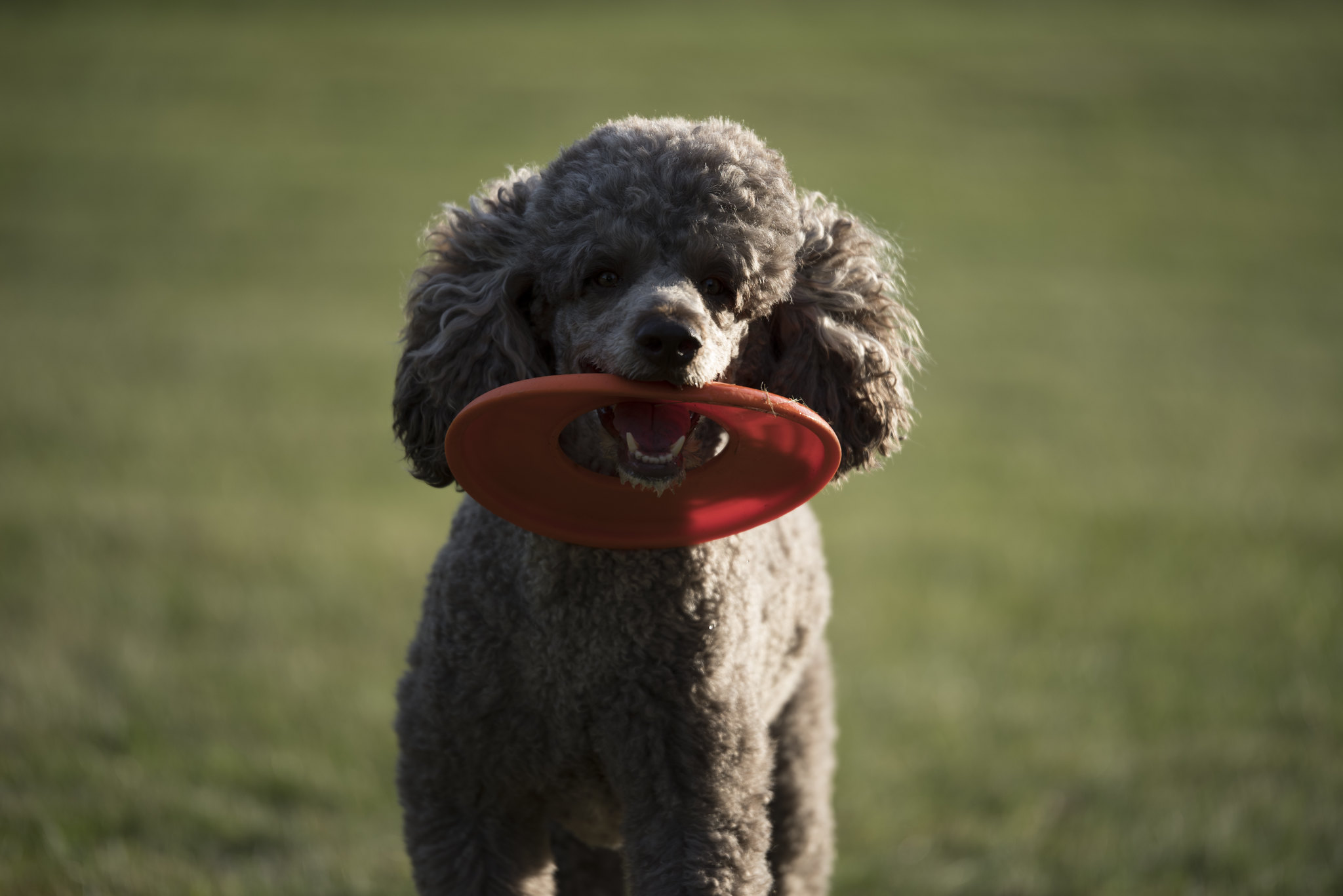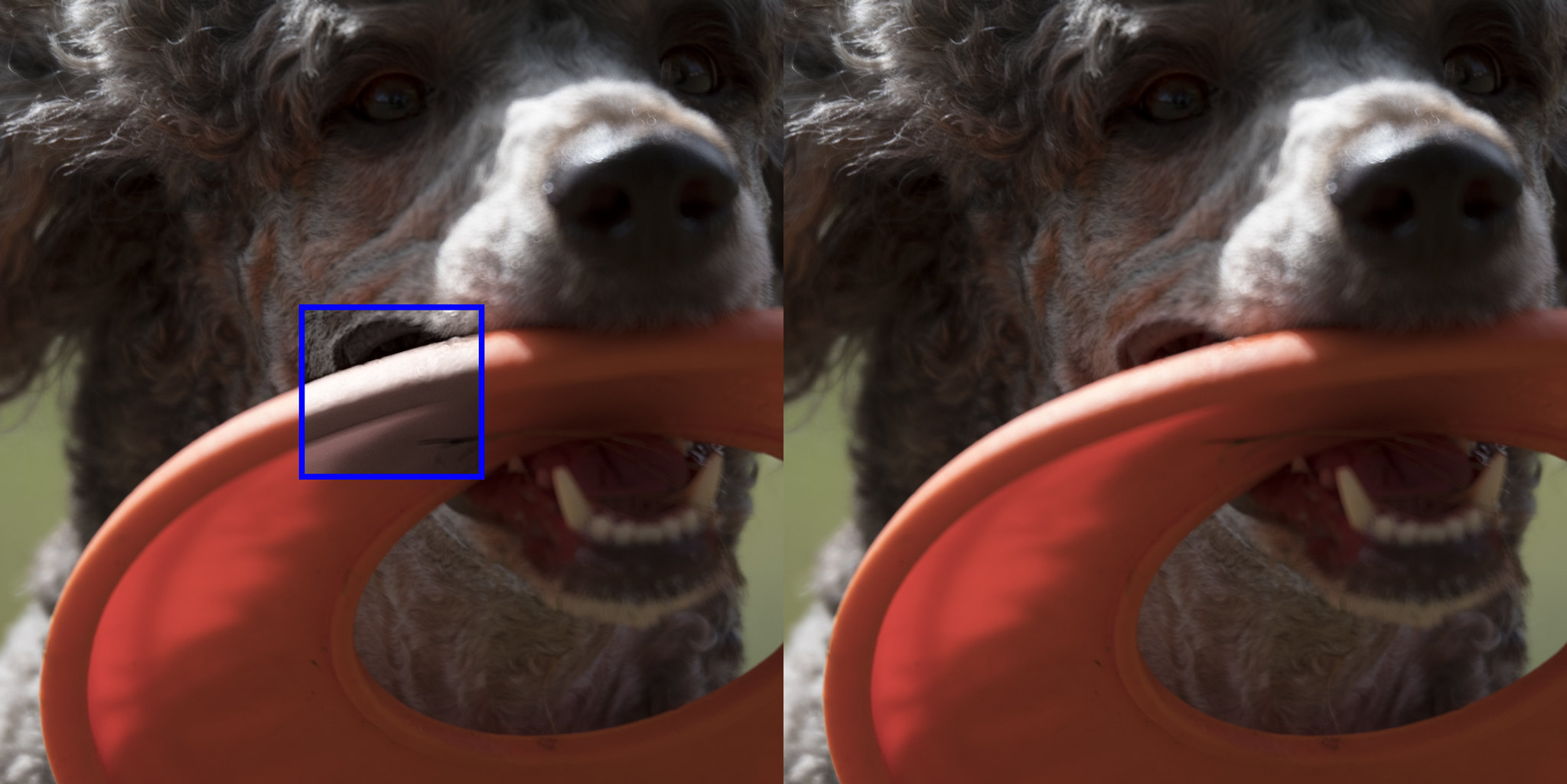 Originally posted by Dericali
Originally posted by Dericali 
The lens seems to make a big difference to AF performance too.
It makes a lot of a difference even when comes to colors and sharpness also, not only when comes to af performance. See the 3 images from below. The first one was taken with a Sigma lens on 5D Mark IV. The other 2 images were taken with Canon L lenses on the same body. The image taken with the Sigma lens has the focus on the eye which is what I wanted, but I'm not very enthusiastic with the details and the colors, at least not when I look at the second image, taken with a Canon L lens.
The third image make look easy to take, but it was not. I was depending on the:
1. right settings of the af
- I was using Expand Af area with one main af point and other 4 surroundings activated; I tend not to use the Expand Af area with one main af point and other 8 surroundings activated because it cover a much wider area than I want
- focus priority for the 1st image
- Case 3 (from the 6 cases available) - Instantly focus on subjects suddenly entering AF points; I customise the case 3 even further in order to match my shooting style
2. the option to change:
- one point Af to expand Af area; I was shooting in portrait mode with single point Af activated but I've customise the camera so that when I turn it from portrait mode to landscape mode, the af changes also from single point Af to Expand Af area with one main Af point and other 4 surroundings activated
- the Af from Af-S to Af-C (Ai servo) on the fly; I've customise the DOF button to change the Af at a single press of a button.
I was shooting the bird which initially was sitting on the ground in Af-S with a sigle Af activated but it suddenly took off in a fraction of a second; I only had time to make 3 moves:
- turn the camera from portrait mode to landscape mode
- while turning the camera I was changing the Af from Af-S to Af-C with a press of a button
- press the shutter and take one picture; I couldn't take another one because the bird came to close for the lens to focus
3. af speed of the Canon lens; with a Sigma 150-600mm I don't think I would have had a chance to take the image
4. the shooting technique - it may sound silly, but from my balcony I see a lot of pigeons flying around and I'm improving my technique by shooting pigeons with tele lenses at widest aperture; I often use the panning mode of the stabilisation with subjects that doesn't move quickly in any direction
Once you find the best settings for af-c from your camera, then all depend on:
- the technique used, which fortunately can be improved with a lot of practice
- lenses used; good lenses offer great results even with the aperture wide open
- how you customise the camera to be able to react in a fraction of a second to subjects that change speed and move erratically
Someone mentioned above that the keeper rate with his Pentax gear was close to 10% when shooting action. It seems way too low, even if I know that Pentax lack behind competition in terms of af-c. I don't have experience with K1 when comes to tracking, but with K-3 II that I had I was getting 45-55% of images in focus in action shots and I'm sure that with the new lenses the keeper rate would have increased with 10-15%.
I hope that the image can be seen properly once you zoom on it. If not, try to download it.



 Similar Threads
Similar Threads 










 But, I'm not going out either and blame each time the camera or the lens for my lack of practice. As far as I'm concerned, you don't even need a camera to practice. I often use a simple metal tube (it is 40cm long, it has a diameter of 12cm and it weights around 2,5kg) and I look through the hole of the tube at the pigeons, sparrows, starling and other common small birds that live anyware and I try to keep them in the frame as long as posible when they fly. Doing that once a week helps me to be prepared when I go out and shoot birds.
But, I'm not going out either and blame each time the camera or the lens for my lack of practice. As far as I'm concerned, you don't even need a camera to practice. I often use a simple metal tube (it is 40cm long, it has a diameter of 12cm and it weights around 2,5kg) and I look through the hole of the tube at the pigeons, sparrows, starling and other common small birds that live anyware and I try to keep them in the frame as long as posible when they fly. Doing that once a week helps me to be prepared when I go out and shoot birds.



 Post #9 by rawr
Post #9 by rawr








